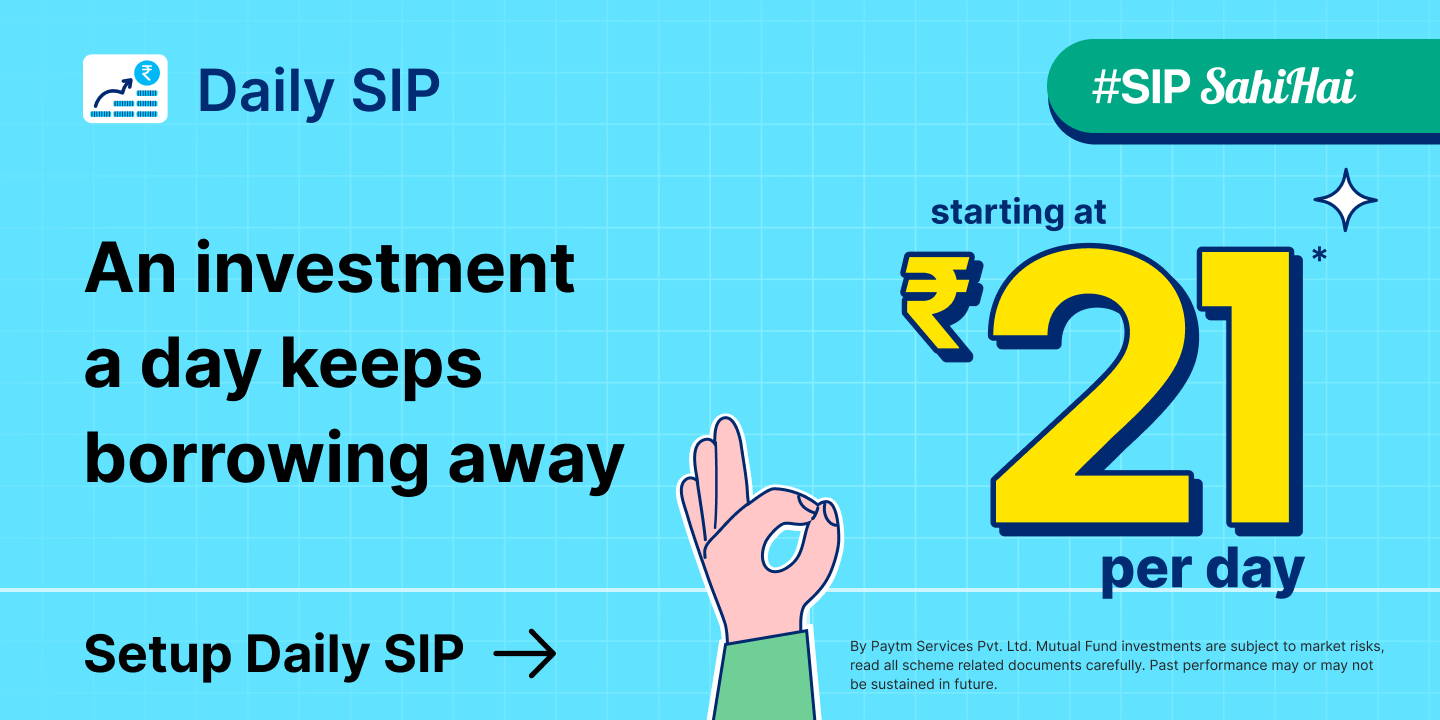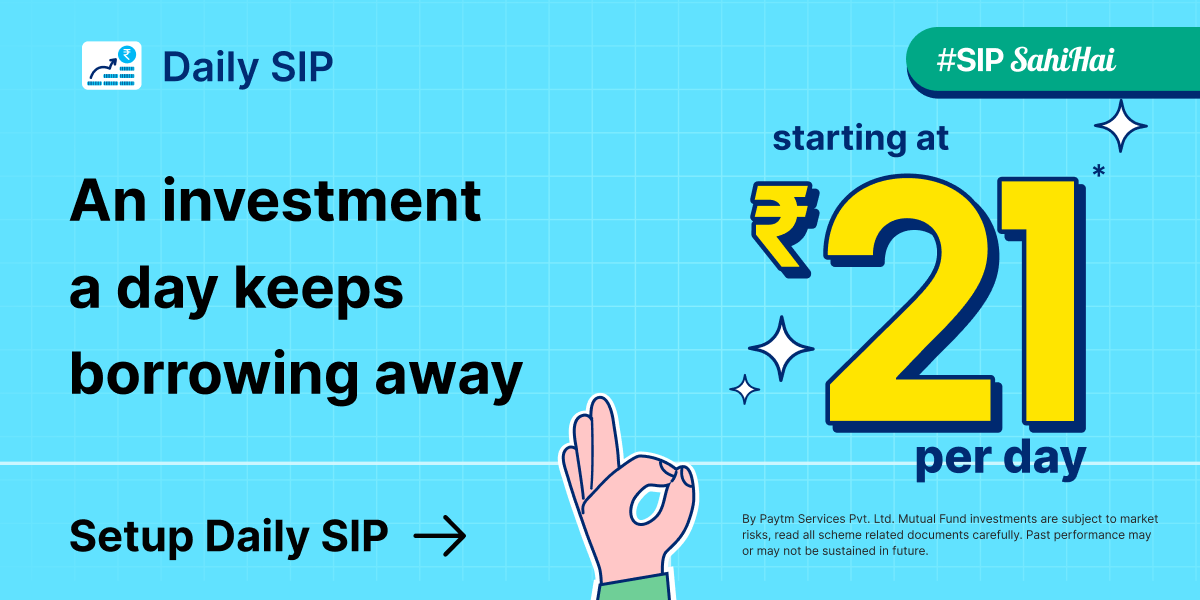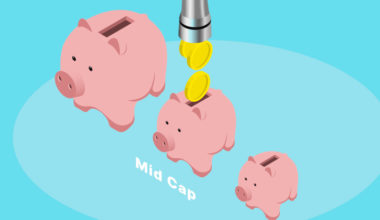Balanced advantage funds are a type of hybrid funds that invest in both, equities and debt but do not have any restrictions on asset allocation. There is no set minimum and maximum threshold for exposure to a particular asset class. These funds can also change their asset allocation as per the market conditions. When equity valuations are trading at an all-time high, fund managers can increase the exposure to equities, while limiting it when stock markets see a decline. Balanced Advantage funds not only offer a mix of growth and fixed income instruments but unlike other funds, they can also switch between the asset classes dynamically. Balanced Funds are, therefore, also known as dynamic asset allocation funds.
Understanding Balanced Funds – How do they work?
Balanced advantage funds have an in-built rebalance strategy where they can drastically cut or raise the asset allocation towards equities or debt. When stock markets are rising, investors make a beeline for equities to benefit the most. When markets are volatile, investors seek safer avenues and fixed-income instruments. Here are some key points to understand these funds:
- Most balanced advantage funds invest around 65-80% in equities based on the in-house strategy of the fund house
- They may also increase their investments in equities when key indices are going up and predict the valuations to rise. But the fund managers may sell off the stocks to switch to debt instruments when they expect a market crash and save you from heavy losses
- As these funds can allocate and reallocate the fund resources dynamically, they have been named dynamic asset allocation funds. Here, they offer the benefit of ambitious returns through equity and arbitrage investments as well as provide the security of fixed returns to cater to the market risks. As the market goes through a full cycle, they offer a better mix of returns that can beat inflation in the long term by reducing the downside of equity markets.
Features of Dynamic Asset Allocation/Balanced Advantage Funds
Markets are volatile and Balanced Advantage Funds (BAFs) use this volatility as their growth tool through an effective strategy. Equity offers market-linked returns and debt offers a steady income. In the long term, investors must be willing to take risks to earn from stocks while aiming at fixed income. Dynamic asset allocation funds are a good choice for effective wealth creation planning because of their following features:
1. Key Components
Balanced advantage or dynamic asset allocation funds consist of equity, debt, and arbitrage components. Unhedged equity and fixed income exposures are usually decided by the asset allocation model of the funds under a prevailing market condition. More than often, the debt component is capped at 35% to ensure the taxation is as per the norms of equity funds. However, the debt exposure may be increased if markets are about to crash. The arbitrage component is the completely hedged equities that are not exposed to market risks but generate profits or arbitrage from the difference in cash and futures market or corporate actions.
2. An attribute of Hybrid Funds
Balanced advantage funds are similar to other kinds of hybrid funds and hence, they are multi-dimensional. They invest in a mix of equities and debt assets as well as arbitrage opportunities. Hybrid funds have this attribute where the equity component targets the corpus creation while the debt component provides security during the crack and generates a steady income. Investors want to stay invested in equity funds to book more profits in rising markets as they expect that the markets may consolidate. When there is a jerk, there are panic-based decisions where they hurriedly shift to debt funds. Such actions may overshadow the wealth journey but hybrid funds balance the risks and rewards.
3. Dynamic Allocation
Most hybrid funds have to follow a static asset allocation rule as mandated by SEBI. Hence, they have a limitation on adding equity or debt components to the portfolio. Dynamic asset allocation funds, as the name suggests can dynamically change the asset class investment as per the requirements. This helps in tapping the high returns of the markets along with the security of debt instruments. It has unique in-built re-allocation tactics to give risk-adjusted returns. It also saves you from timing the market to make investments in these funds because they rebalance the assets as per the market conditions to make the most out of the market cycle.
4. Diversified Portfolio
Other than investments in multi instruments of the market, they spread the corpus over large-cap and mid-cap stocks. They ensure the stability of large companies and benefit from the growth potential of medium-sized companies simultaneously. This saves from the concentration risks of the equity markets. However, it also depends on the strategy route taken by the Asset Management Companies (AMCs) as to what size of capitalization they shall be allocating more funds.
5. Taxation
The funds can be taxed as debt or equity funds based on their asset allocation. However, most funds maintain the equity exposure to equity derivatives for leveraging the equity tax treatment. They also use the hedging technique or arbitrage opportunities to lower the risk when stocks are overvalued so that they can maintain the equity allocation.
Wrapping it up:
Balanced advantage funds, more popularly known as dynamic asset allocation funds, came into existence after the re-categorization of funds by the SEBI (Securities and Board Exchange of India). As the term ‘dynamic asset allocation’ indicates, these funds have the freedom to allocate the corpus to equities and debt dynamically. There is no fixed ratio these funds need to follow and can switch between the equity and debt asset classes as per the prevailing market conditions. They majorly invest in equities to obtain maximum returns but switch to debt when markets are low and bounce back once conditions turn favorable.










